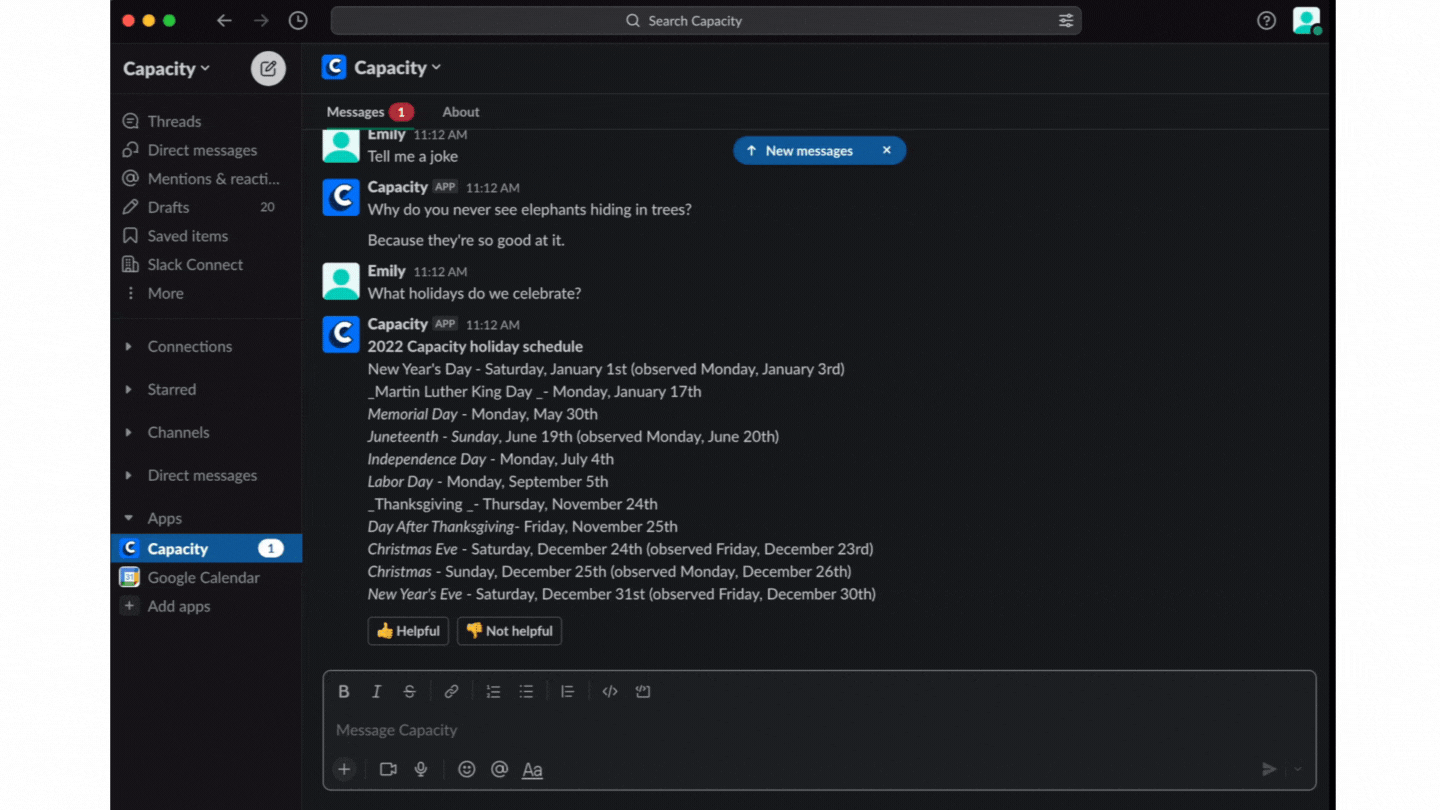Gone are the days of drowning in tedious tasks and repetitive routines. It’s time to break free from the chains of manual labor. Step into a future where innovation and simple processes move business forward. We’ll look at six dynamic ways to transform your operations and unlock the full potential of automation integrations.
Imagine a world where your team’s liberated from the mundane. One where they can focus on strategic decision-making and actually use their creativity. And then, picture your workforce empowered to embark on bold projects, ones that have true business impact. All the while, automation handles the repetitive heavy lifting.
That world really isn’t all that far away. In fact, Gartner found that 85% of business leaders said they expect to be significantly more automated in the next few years. What’s more, the analyst firm predicts ~70% of companies will shift focus to automation integrations by 2025.
Throughout this article, we’ll equip you with the knowledge and insights to navigate the realm of automation integrations with finesse. We’ll explore cutting-edge tools, ingenious strategies, and mind-opening possibilities that’ll reshape your business landscape.
So, are you ready to seize the reins of automation and tap into its transformative power? Get ready to witness a revolution in your business as we embark on this thrilling journey. Together, we’ll unlock the extraordinary and propel your business to new horizons. Let’s dive into the world of automation integrations, where efficiency meets innovation and extraordinary becomes the new norm. Get ready to elevate your business like never before!
A few benefits of automation integrations for your support team
There are a few compelling reasons why you should consider exploring automation integrations:
1. Efficiency and productivity boost
Automation integrations streamline your workflows. And they can take manual tasks and repetitive activities off of your plate. That means, you can get more done in less time, leading to a boost in efficiency and productivity. It also lets you focus your resources on higher-value tasks. For instance, you (or your team) can work on things that take critical thinking, strategy, or creativity. (You know, the fun stuff!)
2. Error reduction and improved accuracy
Manual data entry and repetitive tasks are prone to human error. But automation integrations cut down on mistakes, giving you more reliable, accurate processes. And by reducing errors, you can maintain data integrity, produce reliable reports, and deliver high-quality service. And that then leads to higher customer satisfaction and trust.
3. Cost and resource optimization
Integrations help optimize costs and resources by reducing the need for manual labor. By automating repetitive tasks, you can reduce labor hours, mitigate the risk of costly errors, and maximize your resources. And that lets you use your budget and workforce on more strategic initiatives.
4. Better customer experiences
You can automate your customer interactions and still deliver personalized experiences at scale. By connecting your systems, both humans and automation have access to the info that’ll make every interaction the best one. And that then leads to a boost in CSAT and loyalty. It also gives you a competitive advantage in the market.
5. Scalability and adaptability
Speaking of “at scale,” automation integrations let you adapt to growth and change. As you expand or evolve, they can increase or decrease volumes and complexity. And integration lets you continue to add the right tools, so you’re able to keep up with customer demands.
6. Competitive edge
Automation integrations let you simplify your processes and reduce operational costs. They also help you deliver exceptional customer experiences at every touchpoint. So, you’ll innovate faster, operate more efficiently, and you’ll be able to pivot fast to meet market changes.
Overall, automation integrations offer a ton of benefits. From higher efficiency and accuracy to cost savings and improved customer experiences. By embracing automation integrations, you can improve your operations, drive growth, and position yourself for success in an increasingly automated world.
Tools to simplify automation integrations
When it comes to simplifying automation integrations, several tools stand out with their unique capabilities and differentiators. Let’s explore a few of them, like Slack and Capacity AI, along with other noteworthy options:
1. Slack
Slack is known for its powerful collaboration features and integrations. It serves as a central hub for team communication. And that then allows seamless collaboration and information sharing. What sets Slack apart is its extensive library of app integrations. This lets you connect with a ton of tools and automate workflows. You can streamline communication and access real-time updates. And then you can connect with popular project management, customer support, and productivity tools.

2. Capacity
Yes, I know, it’s a shock we made the list (sense the sarcasm?). Capacity was built to simplify your most complex workflows and improve your productivity. We use NLP to let users ask questions and get instant answers from various integrated systems. What’s more, our platform acts as a virtual assistant, automating your routine tasks and managing your knowledge base. Plus it can offer up personalized support, too. And its intuitive interface and automation engine make it super helpful and easy to use.
3. Zapier:
Zapier’s platform connects and automates workflows across thousands of applications. Its strength lies in its vast library of integrations. It works by letting you create “Zaps” (automated workflows) between different apps without coding. The platform is crazy helpful in letting you automate repetitive tasks and synchronize data across platforms. And it also triggers actions based on predefined conditions. Its easy interface and massive app ecosystem make it a go-to choice for automation enthusiasts.
4. Microsoft Power Automate:
Power Automate is a suite of automations inside the Microsoft ecosystem. It integrates with all the popular Microsoft tools like Office 365, SharePoint, Teams, and Dynamics 365. With it, you can automate processes, create workflows, and connect to external services. And since it’s a Microsoft product, it makes it easy to for companies that are already heavily invested in MS products.
5. Make:
Make’s advanced automation capabilities let users create complex scenarios with several triggers, actions, and transformations. The platform has a visual builder to design workflows. And it also features powerful data manipulation tools. Plus, it also has several built-in tools to handle data, transform data structures, and perform advanced operations.
Ready to see how Capacity works? Let’s schedule a demo or try it for free right now!





